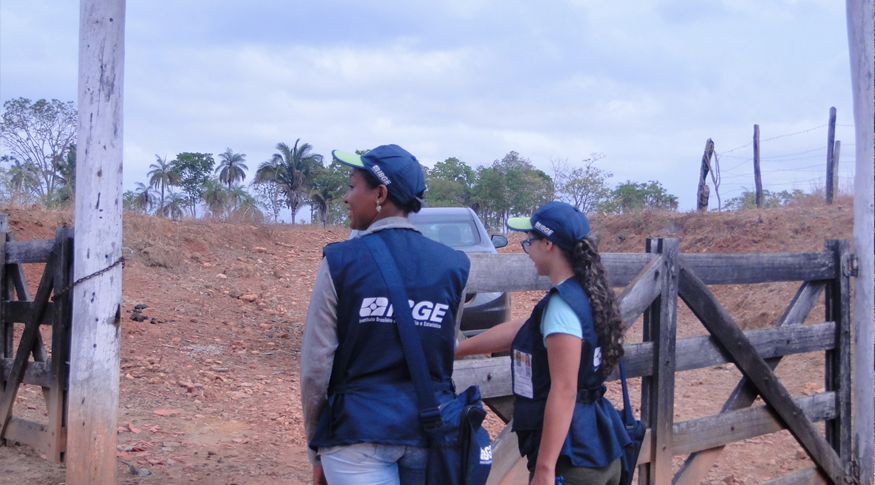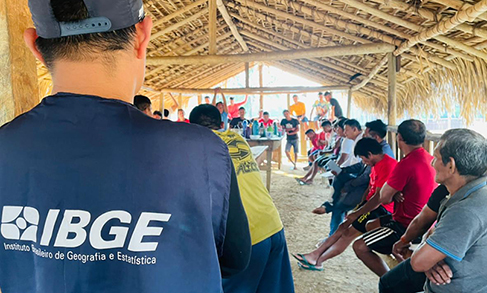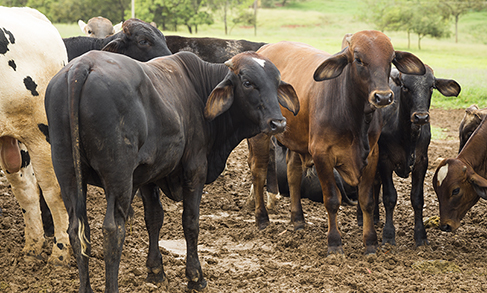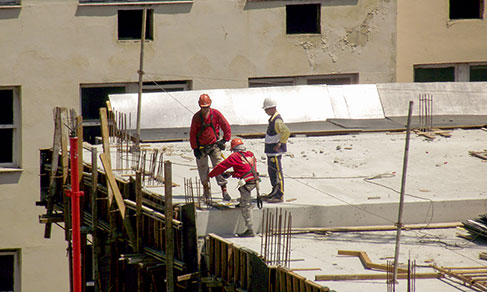Census of Agriculture closes first stage with 93.6% of proprerties surveyed
March 02, 2018 10h00 AM | Last Updated: March 02, 2018 05h07 PM
The IBGE completed the first stage of the 2017 Census of Agriculture in February, with 93.6% of the collection done and 4,918,593 agricultural establishments accounted for. In March, the second stage begins, with counting and data editing processes. Meanwhile, collection goes on in regions affected by weather factors and in hard-to-reach places.
According to IBGE president Roberto Luis Olinto Ramos, the initial target was reached, as the almost 19,000 census takers involved in the census operation visited 7.2 million addresses, almost two million more than expected, to identify whether these properties existed or not.
Such a difference occurs because the property register is updated as census takers go visiting the addresses in the country: they exclude those that do not fit in the definition of agricultural establishments and include others that were identified during the collection. "Our initial goal was achieved. So much so that the dissemination schedule remains unchanged for the month of July ", emphasizes the president.

Collection goes on in rain-affected areas and in hard-to-reach places
Olinto clarifies that it is not yet possible to state whether there was a significant change in the number of establishments in comparison with the 2006 Census of Agriculture. "We are now going through a fine-tuning phase, with the data collected being counted and edited. Moreover, the collection is still on in some regions, especially those where weather has affected its progress and in areas of difficult access - which was already expected by IBGE, "he explains.
Data editing is an analysis of the coherence among the pieces of information collected. In some cases, it is necessary to return to the establishment and reapply the questionnaire.
According to the manager of the Agricultural Census, Antônio Florido, the Federation Units most affected by climatic factors were Acre, Goiás, Mato Grosso, Mato Grosso do Sul and Paraná. There are also the Indian lands, whose visits are mediated by the National Indian Foundation (Funai).
"We had already anticipated that we should extend the collection phase after the end of February, due to possible climatic factors. We worked during the rainy season in a great part of Brazil and, besides these complications for field work, we still had areas that are known to be more difficult ", concludes Florido.
The dissemination of the first results of the Census of Agriculture is expected in July 2018 and will show the profile of the rural producer by sex, age, color or race, literacy and schooling, land use, livestock inventory, animal and vegetal production, way of land acquisition, agricultural methods used in the establishment, among others.




















